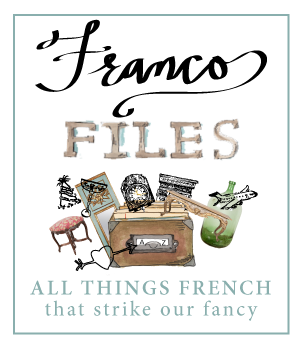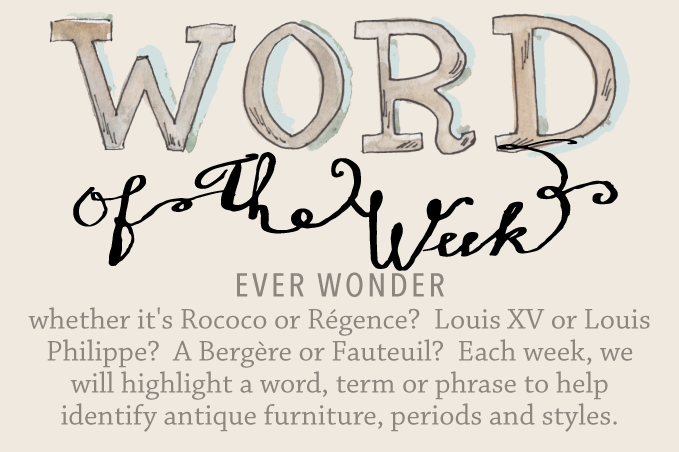
Colorful Shutters of Provence: Beauty, Function and Royal Rumor
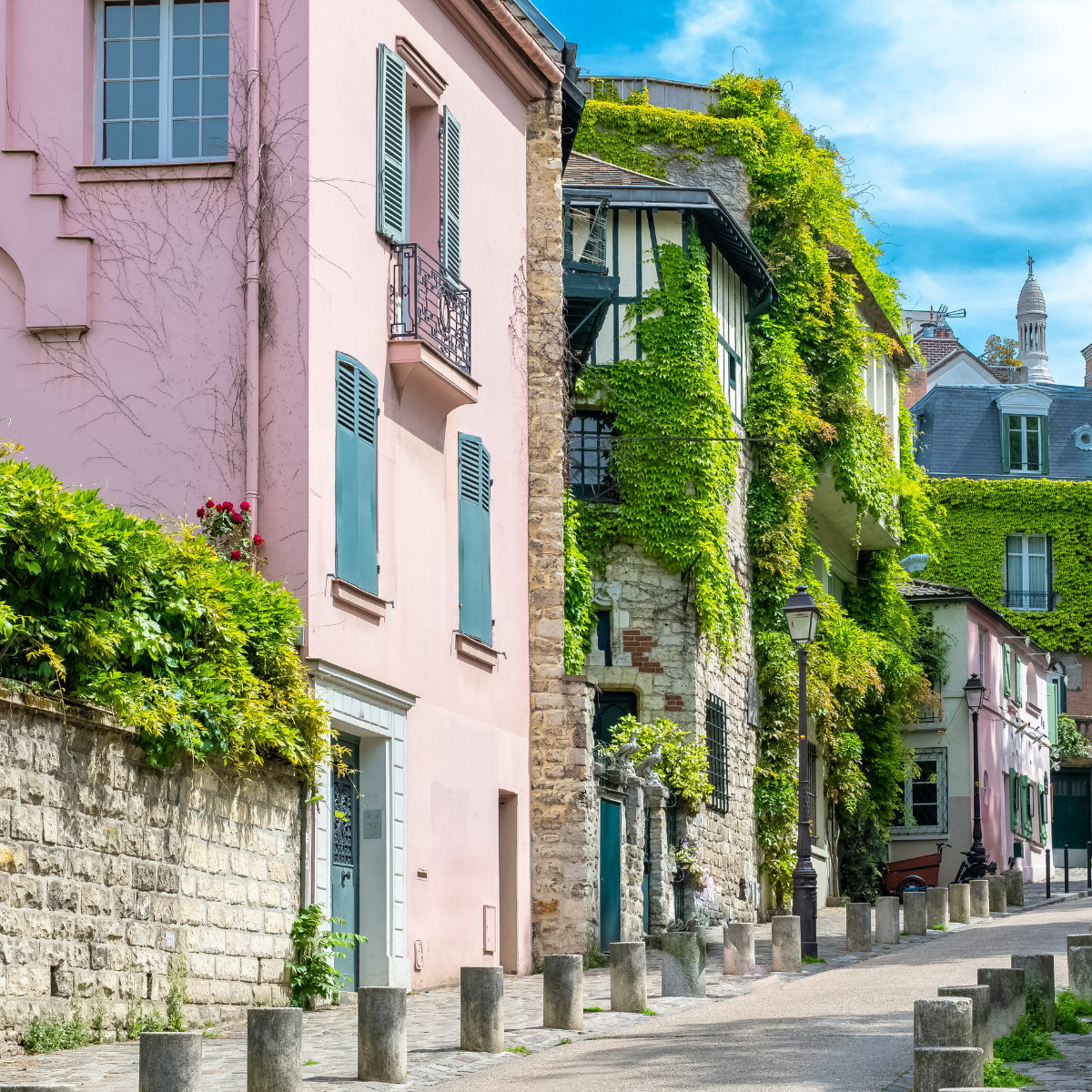
Pastel painted shutters and trailing ivy adorn the rosy façades of Rue de l’Abreuvoir — one of Montmartre’s most enchanting streets — as the gleaming dome of Sacré-Cœur peeks above the rooftops beyond.
Form Meets Function: The Purpose Behind the Pretty
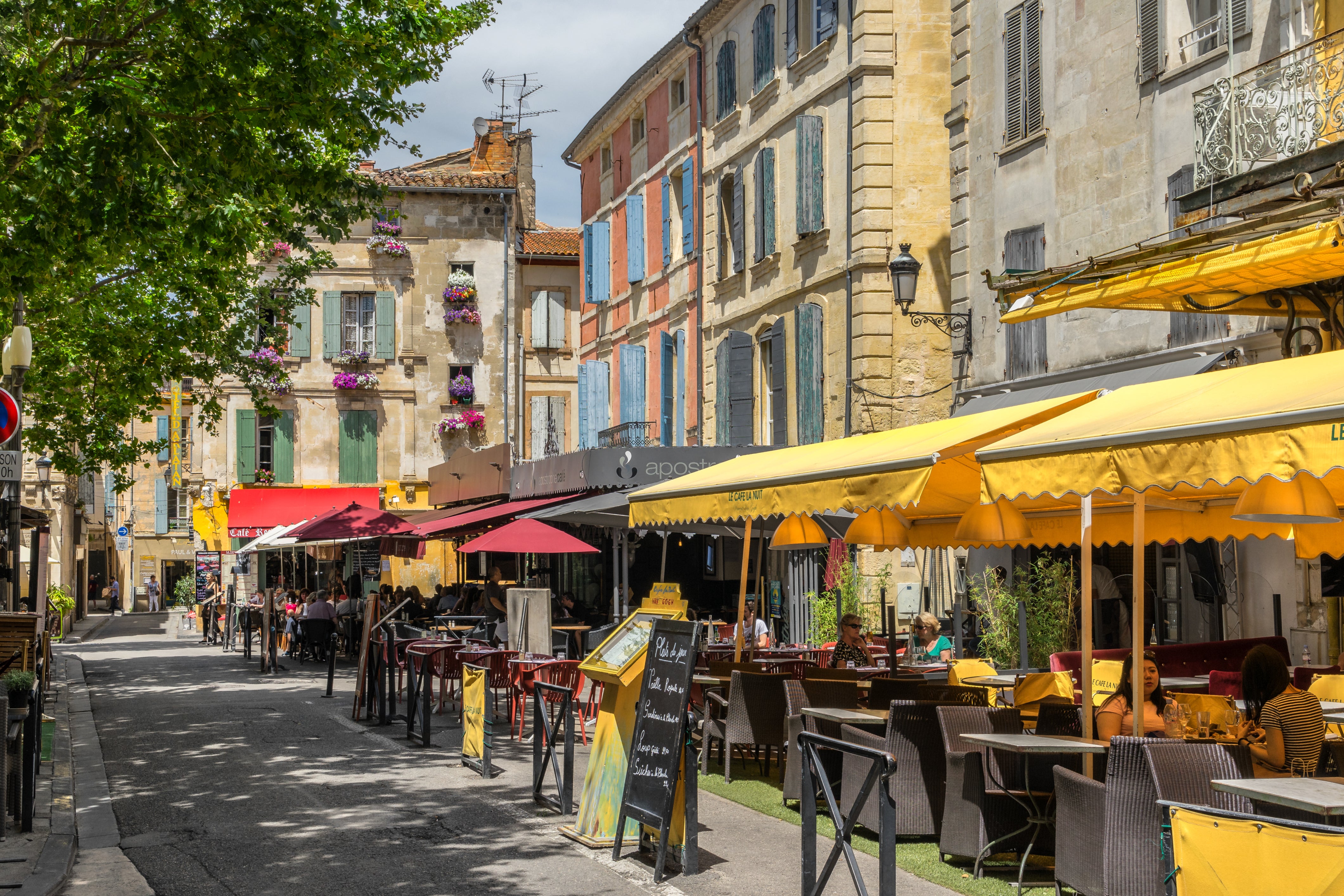
A Brief History of Shutters in France
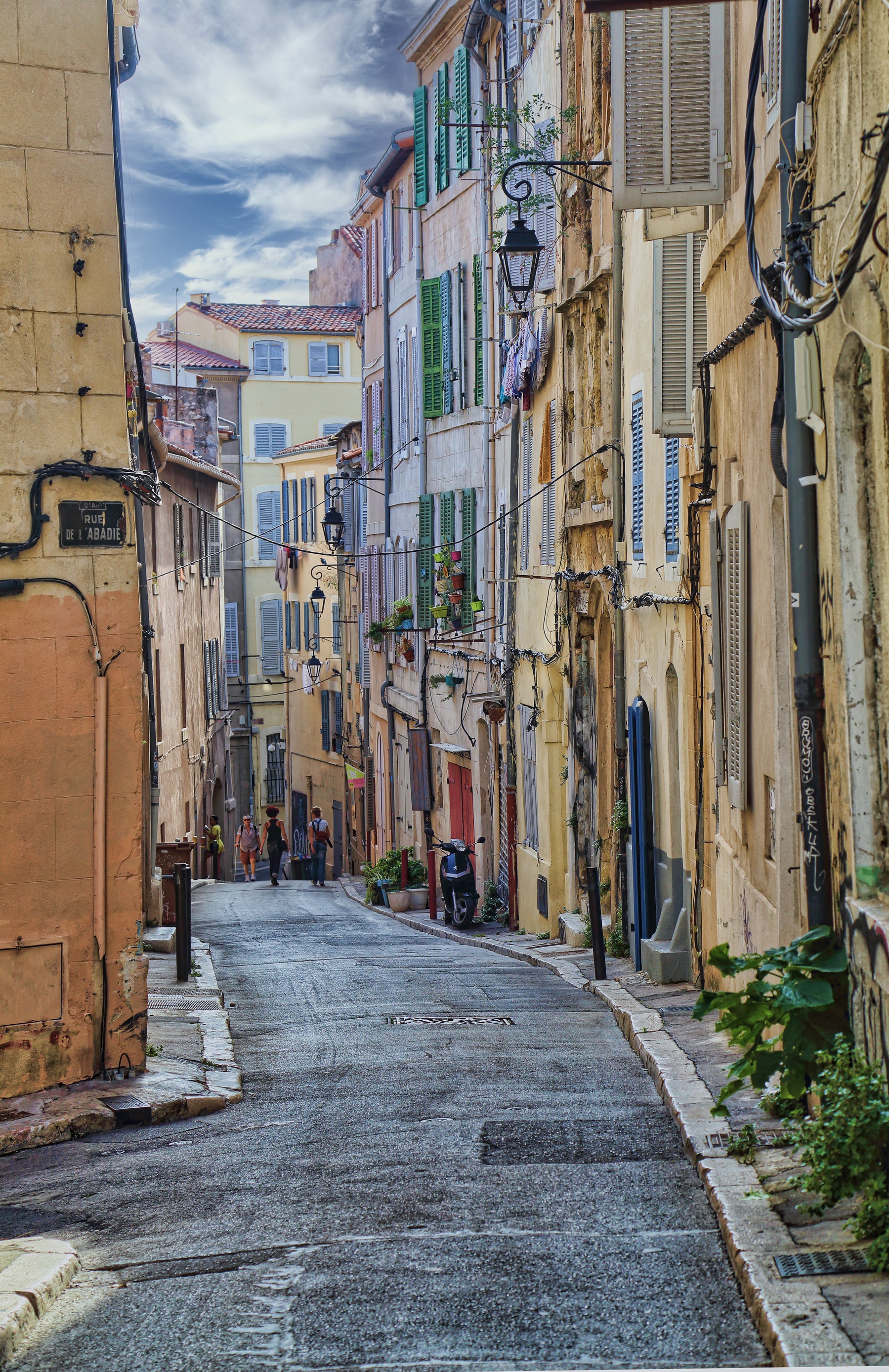
Inside to Outside: How French Shutters Moved with the Times
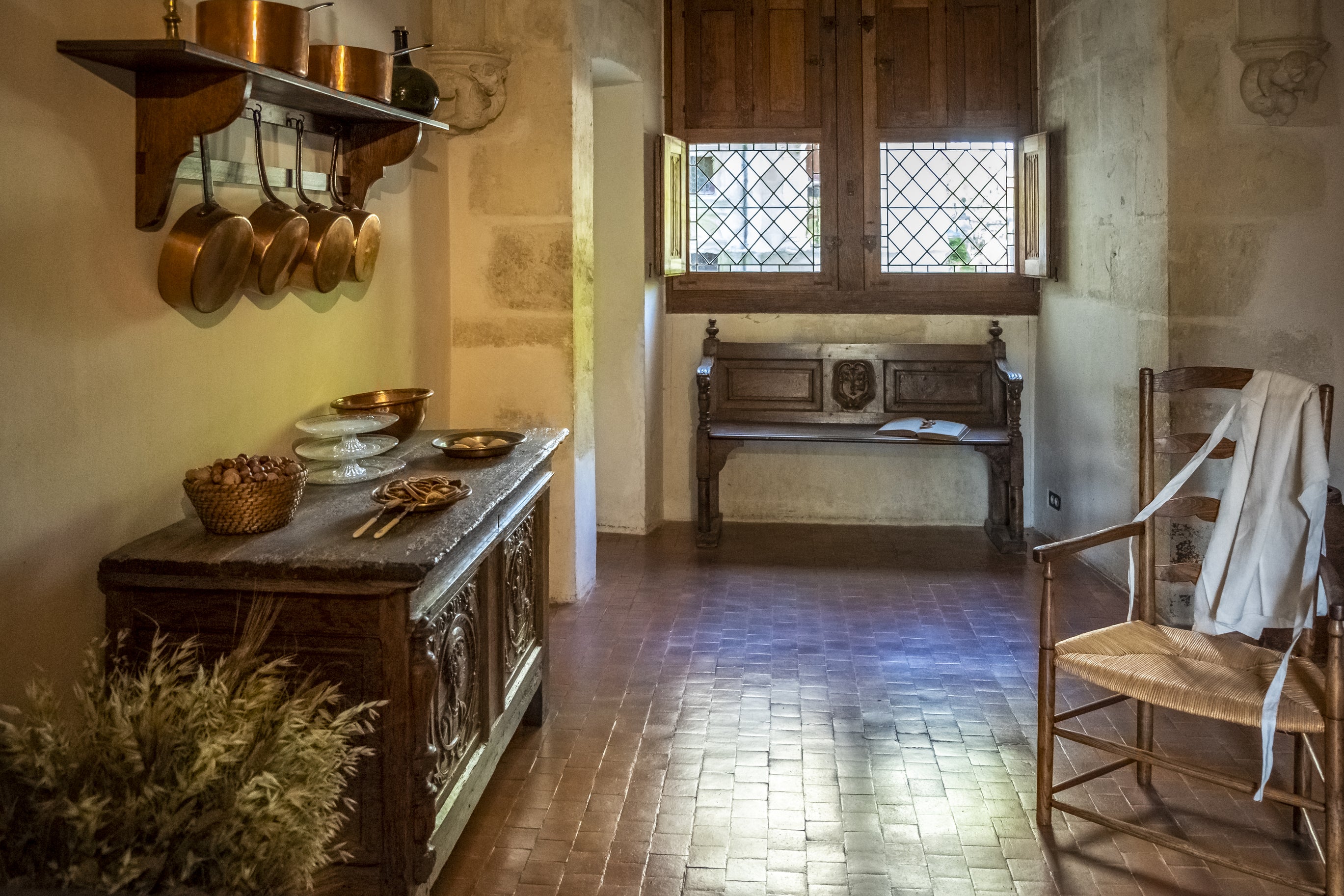
Rumor Has It — Le Roi Soleil and the “Jalousie”
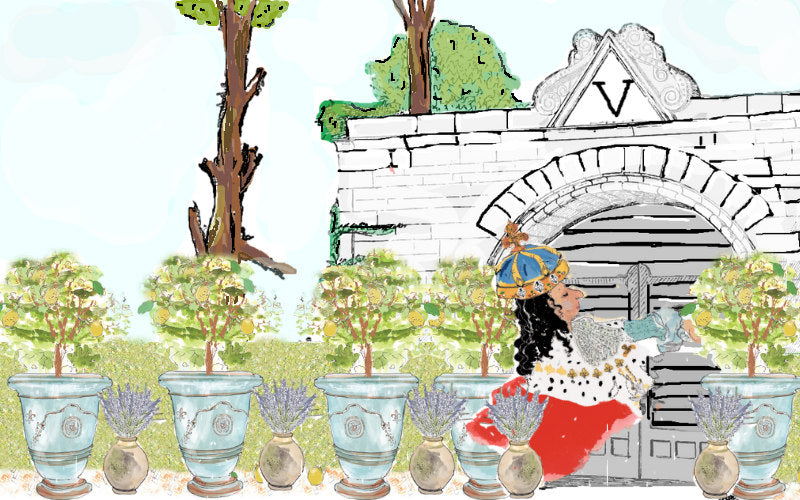
A Style for Every Region
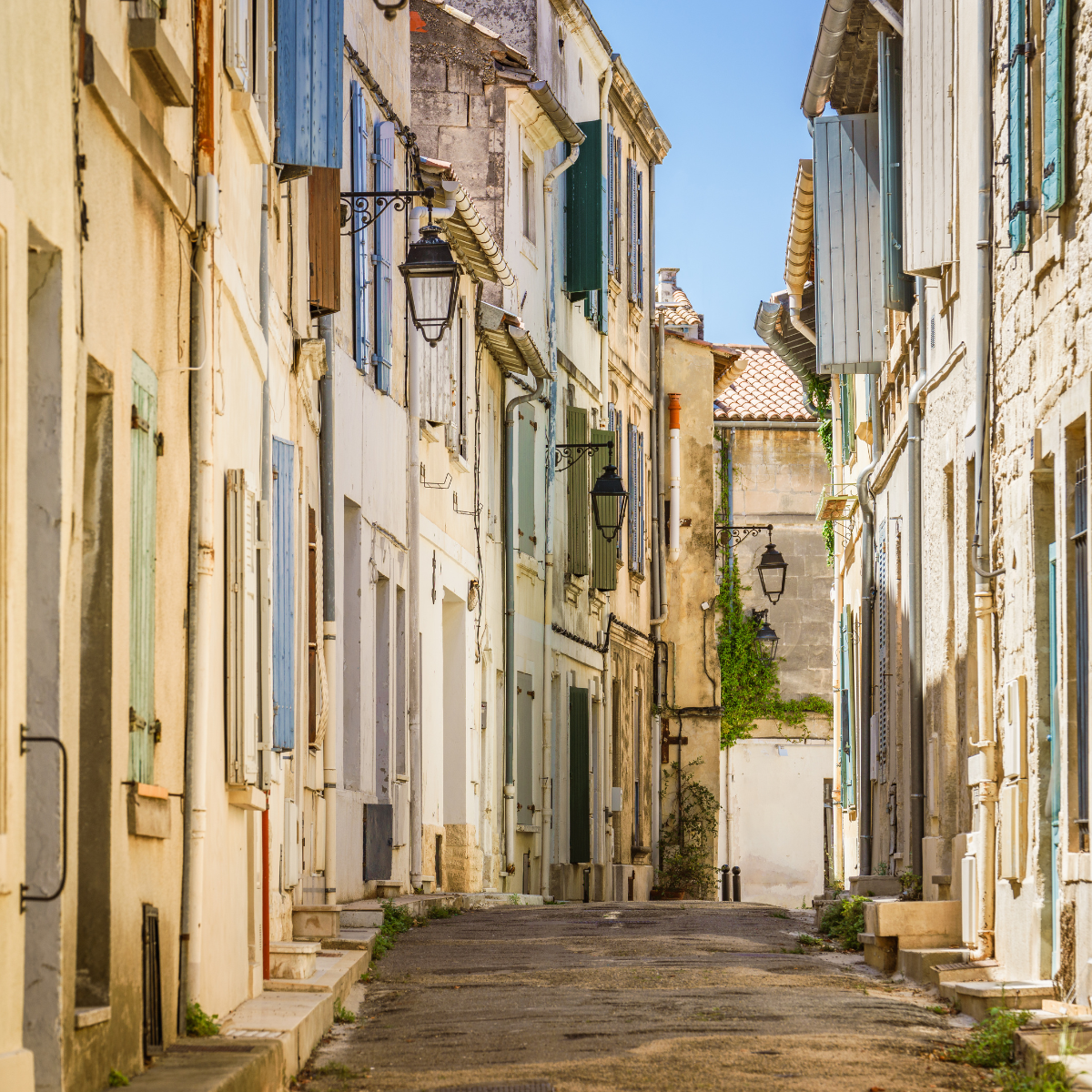
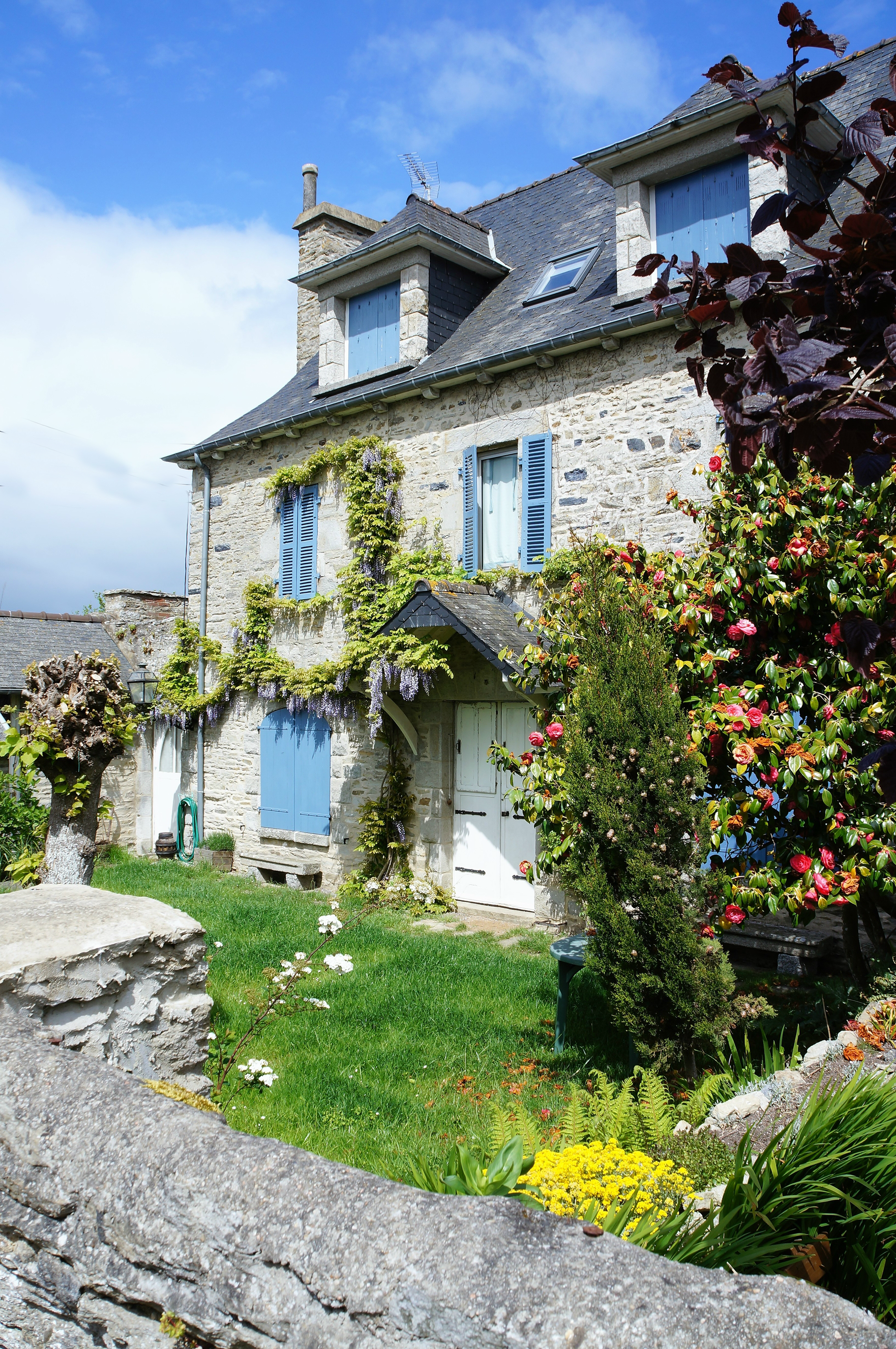
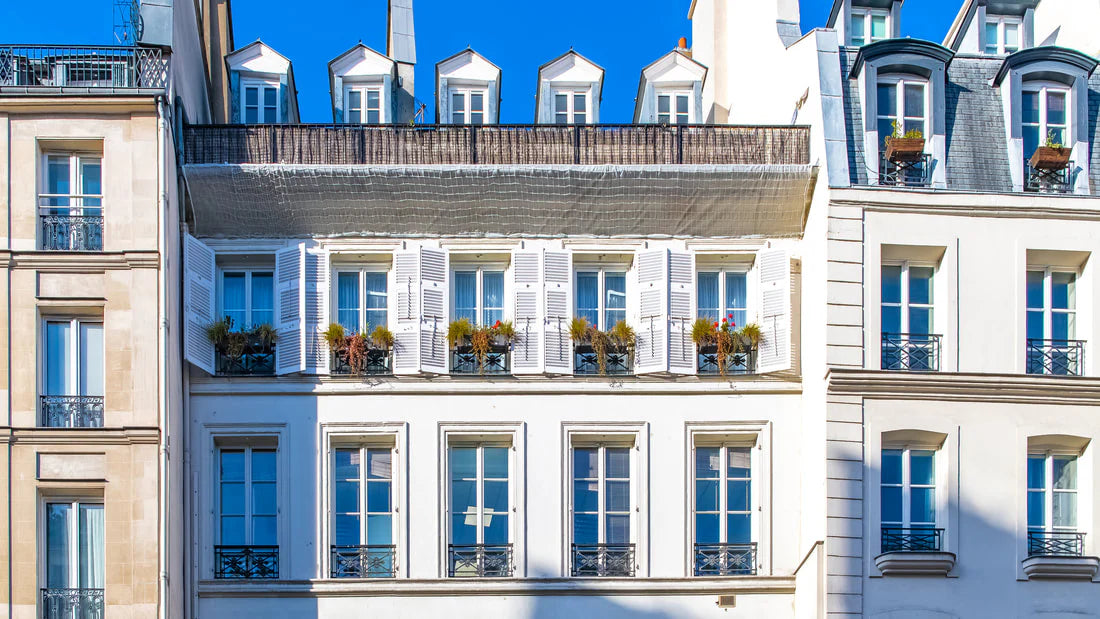
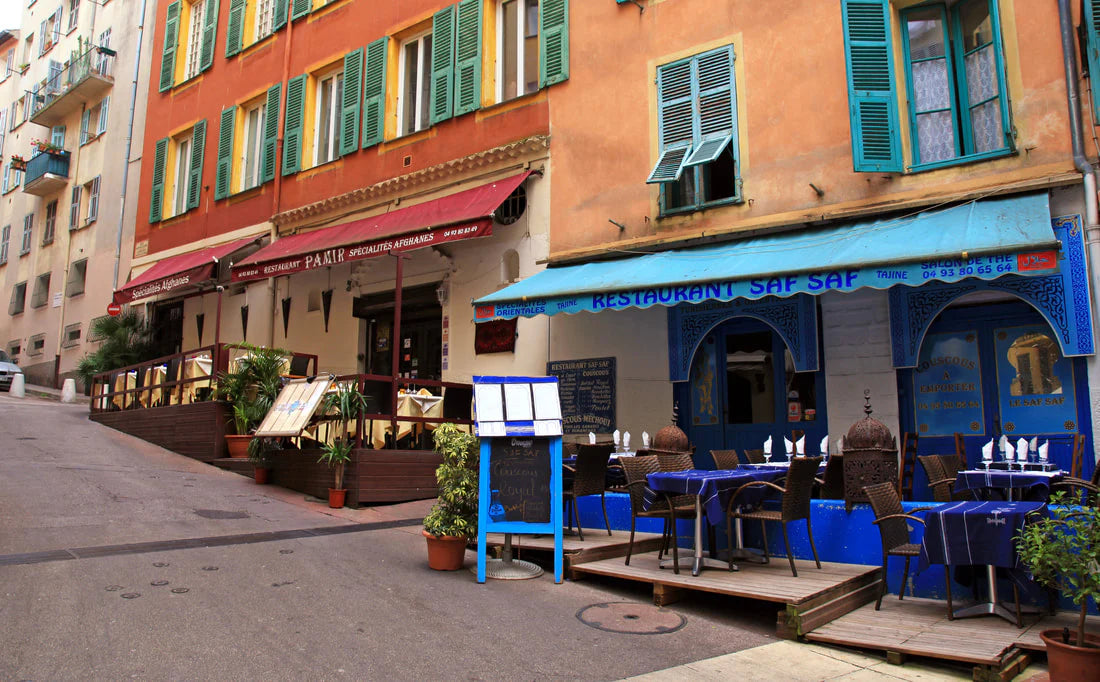
A Day in the Life (With Shutters)
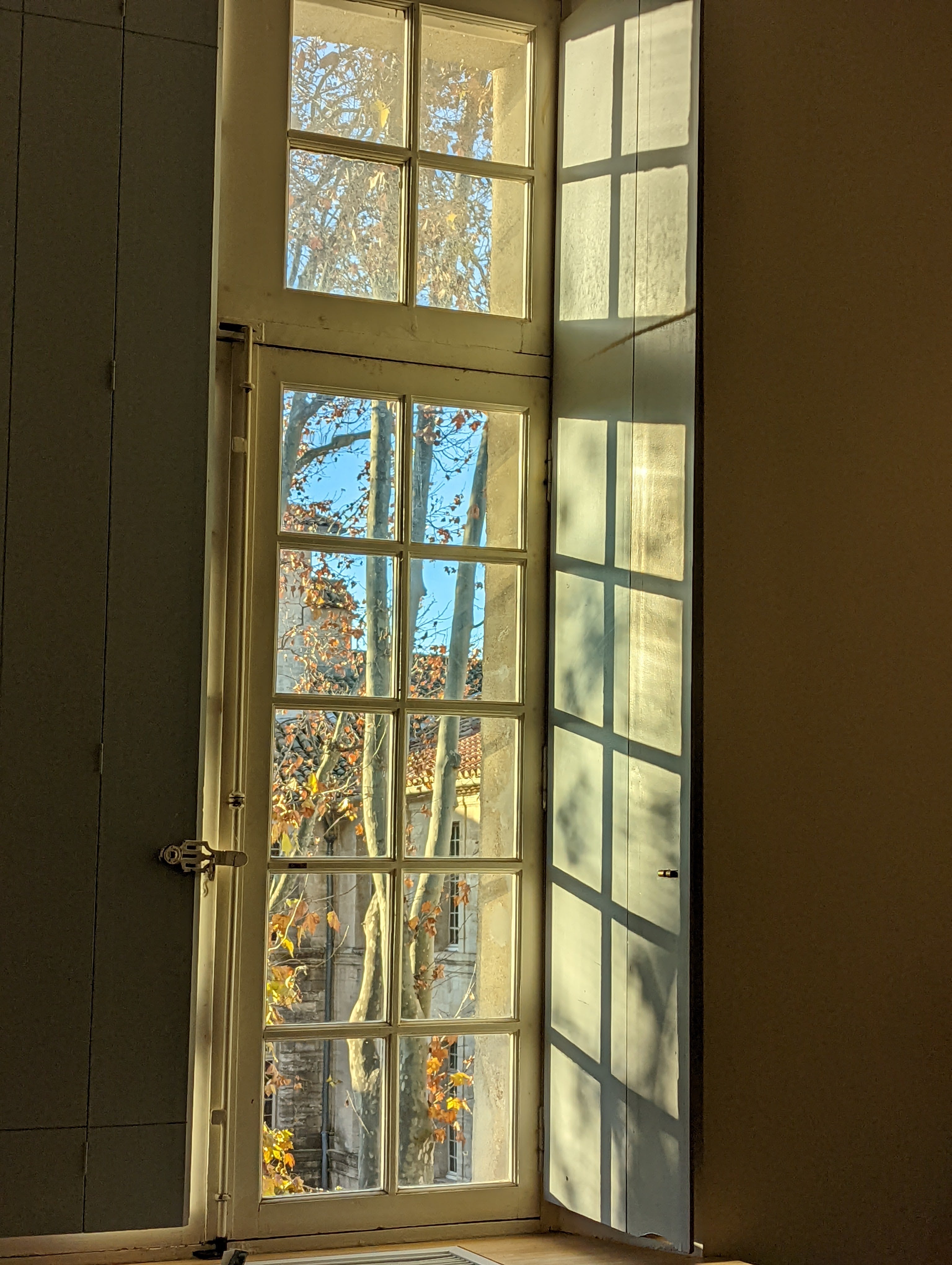
Volets Forever
À Bientôt!


Browse the Full Series
See all Word of the Week posts →
See all Word of the Week posts →

Browse the Full Series
See all Double Vision posts →
See all Double Vision posts →






